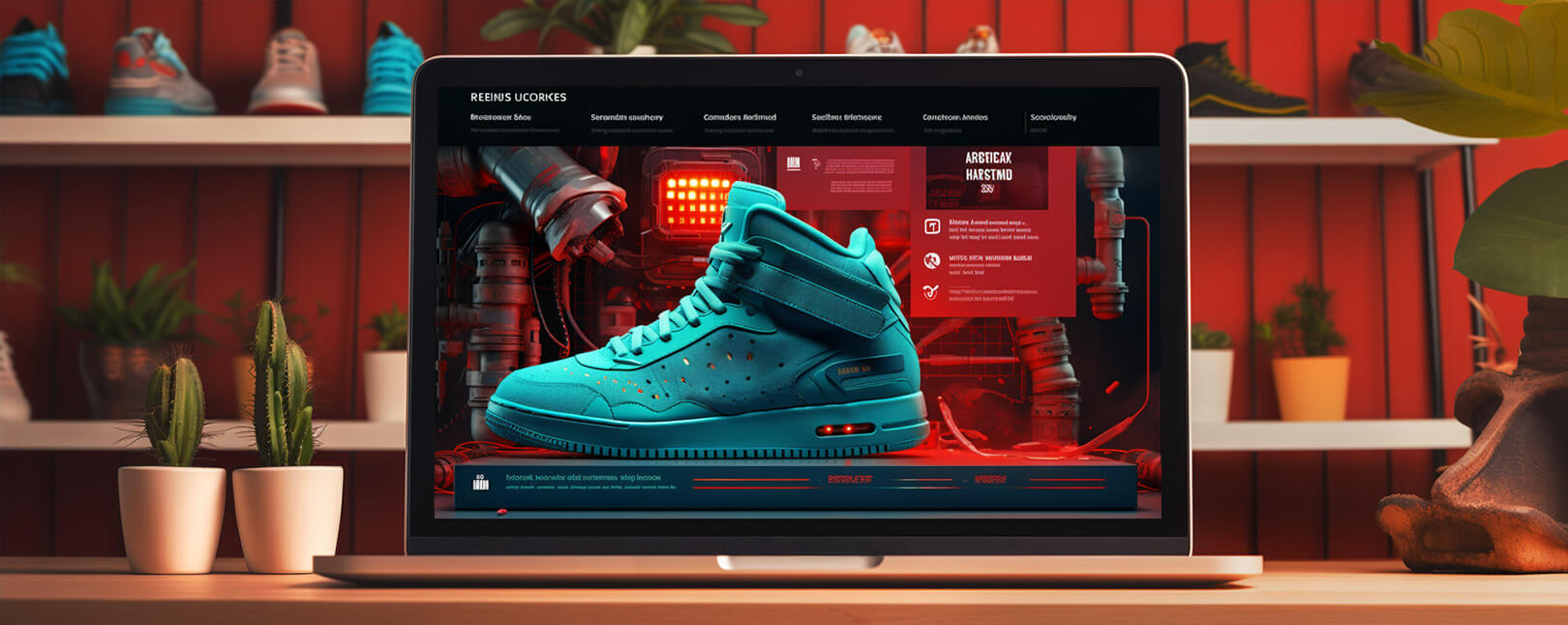Prioritizing eCommerce Development is Key to Creating a Profitable Online Presence
According to Shopify, nearly 15% of global retail sales take place online. That may seem like a comparatively small percentage at first glance. However, eCommerce reaches 2.14 billion shoppers worldwide. That growth is not going to slow down any time soon, either.
Before you can sell to customers online, though, you need to provide a convenient, fast, and smooth customer experience. This is where your approach to eCommerce development is crucial.
In this post, we’re exploring the basics of eCommerce development. We’ll consider what it is, what options are available for beginners, and things to consider when building your own online store.
Recommended reading
- What is EMV Bypass Cloning? Are Chip Cards Still Secure?
- Dispute Apple Pay Transaction: How Does The Process Work?
- Terminal ID Number (TID): What is it? What Does it Do?
- How Integrated Payments Work: Benefits, Use Cases, & More
- How EMV Chip Cards Work: Pros, Cons, Data Points & More
- The AI Gap: Banks’ Slow Adoption Creates Chances for Fraud
What Is eCommerce Development?
- eCommerce Development
eCommerce development is the process of creating a website specifically designed for online sales. It also covers other aspects of putting together an online store.
[noun]/ē • kaa • mərs • duh • veh • luhp • muhnt/eCommerce development refers to designing, building, and implementing a system for offering and selling products or services over the internet. This typically includes the creation of both the customer-facing aspects of the site as well as backend development.
eCommerce store development has never been easier… but that still doesn’t mean it’s simple or cheap. The average overall cost of a custom website falls between $1,500 and $6,000. Some eCommerce development services can charge exponentially more, depending on the needs of the business.
That can make it tempting to try and do things in-house. However, most small- to mid-sized merchants don’t have the means or the knowledge to program an online store from scratch. Even if you have a development background, there’s more to eCommerce development than just coding.
Facets of Pre-Development
The online store itself is the main element. However, a good portion of eCommerce development takes place before any coding work even starts. Before you begin, you need to:

What Makes a Good eCommerce Website?
The best eCommerce websites blend a variety of components and features. The fundamental aim is to create an outstanding experience for the customer, and a profitable sale for the merchant.
Users should be able to move seamlessly from viewing to purchasing, then return to shop with you again. A few of the more significant elements of a customer-friendly site include:
- User-Friendly Navigation: Getting around on the site needs to be intuitive and simple. The interface is there to help the customer, not confuse them.
- Efficient Searching: If customers can’t easily find what they want on your site, your competitor’s site is just a mouse-click away.
- Product Information: The more detailed your product descriptions are, the more comfortable buyers will be. Use high-quality pictures and video.
- Cross-Channel Accessibility: With mobile becoming an increasing source of sales, a consistent experience across all sales channels is important.
- Security: Customers won’t buy from you unless they’re sure their personal buying information is safe and that their transactions are secure.
- Good Word-of-Mouth: Don’t be afraid to ask for reviews. Consumers will trust the opinion of an actual user more than even the best marketing.
In-House vs. Outsourcing Development
So far we’ve talked about the various components and considerations you need to take to the eCommerce development process. All that planning is just the foundation for your website, though. It’s now time to start putting the site together.
As we mentioned earlier, creating an online store is easier than it’s ever been, but that doesn’t mean it’s not a challenge. There are three basic options you can choose to get your site up and running:
- In-House eCommerce Development Solution: A site built by you or your internal team specifically for your business.
- Outsourced to a Specialized Developer: Hiring a third-party provider to program your site for you.
- Work With an Online Retail Platform: An eCommerce platform like Magento or Shopify lets you build your own “drag-and-drop” website with minimal programming experience.
Here’s a quick look at how the three different approaches stack up:
| In-House | Outsourced | Retail Platform | |
| Control of the Project | You & your internal team | Third-party provider | You & your internal team |
| Customization | Limited by experience | Limited only by cost | Limited by platform package |
| Support | Available onsite | Non-dedicated; potentially limited availability | Non-dedicated, but typically more available |
| Timeframe | May take longer to launch due to inexperience | Typically fastest | Reasonable |
| Security | Totally your responsibility | Handled by experts | Handled by experts |
| Cost | Usually less expensive upfront; make need ongoing refining | Higher initial costs; less ongoing refinement | Minimal startup costs, typically more cost-effective |
As you can see, there are pros and cons to each approach. Hiring your own in-house team can give you complete control over the project, but any reputable third-party programmer provider should be willing to work to your specifications. It will likely require a more substantial initial investment, but outsourcing can also save you a lot of time and frustration.
A retail platform will give you built-in tools and templates to work with. You’ll likely be able to get up and running quickly, with less upfront cost. At the same time, some packages may have limited design options, so you may not be able to get exactly what you want (at least at first).
Another huge consideration here is data security. If a data breach or other security leak occurs, you may be liable for damages. Using a retail platform can shift security responsibility to the provider. It will typically allow you to offer alternative payment methods and currencies, as well.
So while putting everything in the hands of a third-party can be scary, professional programmers can be hard to find and expensive to hire. Although it may not work at scale, it’s easy to see why turning to an eCommerce platform is the most practical choice for beginners.
What to Look for in an eCommerce Platform
If you’re a newbie in the eCommerce market, a retail platform can be the safest and easiest way to get your store online. They also don’t require huge upfront investments. In fact, most offer a free trial version, so there’s very little up-front risk.
There are many such platforms on the market, though. How do you know which one to use?
Factors like cost and reputation are obviously important, but so your comfort with the system you choose. You want the platform that works best for you. When you go about researching different providers, here’s a partial list of considerations and points to ask about:
Final Thoughts
Developing an eCommerce business model can be a complex process with multiple moving parts. Do your research and make informed choices. Above all, start with a good, solid plan for your online store.
Of course, even the best plans can’t anticipate every contingency. That’s why it’s helpful to have partners — like Chargebacks911 — who can provide specialized services to make your business a success. Want to learn more? Continue below and get started today.
FAQs
How much does eCommerce development cost?
The average cost of a custom website development is in the range of $1,500 to $6,000 for a small- to medium-sized business. As with most things, what you’ll pay depends on what you want. The total cost of an eCommerce development solution can range from almost nothing to $10,000 or more. Also, keep in mind there will be ongoing costs to keep the business running.
Is it free to start eCommerce?
Realistically, no. However, there are a handful of eCommerce platforms that you can try or use at no cost.
What does eCommerce development include?
Typically, the phrase “eCommerce development” refers to the actual design and set up of your online store. However, other necessary steps could also fall under that heading, such as research, developing a business model, marketing, and so on.
How to start an ecommerce business with no money?
Unless you already have experience at running a business, it’s hard to get going for free. But there are ready-made eCommerce platforms like Square Online that offer no-cost services. There will still be costs involved with setting up a domain and hosting, but those can be minimal. Selling services or hand-made items can keep inventory costs down, at least in the beginning.














